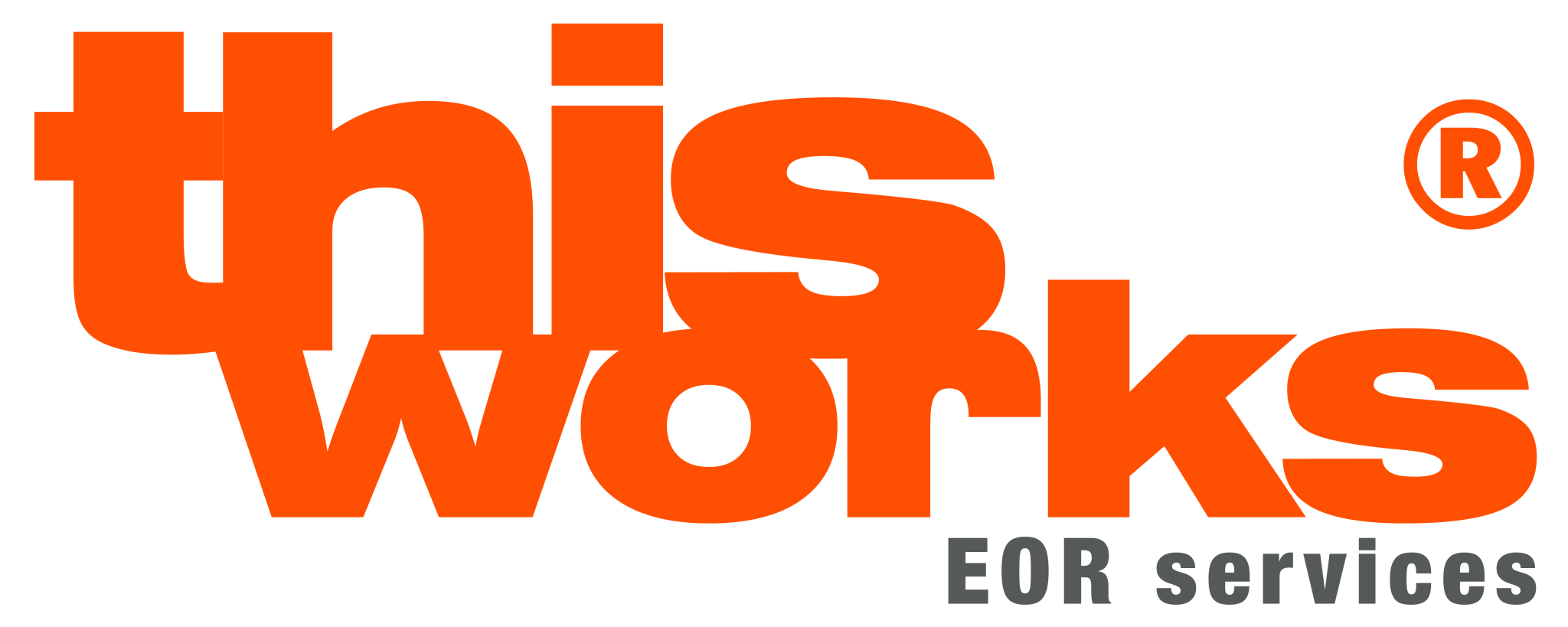
Boosting Labor Productivity: 13 Practical Strategies for Success
Reaching sustained growth and profitability requires increasing worker productivity. The output per hour produced by workers is referred to as labor productivity, and it’s a crucial indicator of an organization’s efficiency. Businesses may increase profitability, maximize resources, and get a competitive advantage in the market by increasing productivity. This post will provide 13 useful suggestions that companies may use to increase worker productivity.
Practical Strategies for Increasing Labor Productivity
Set Clear Goals and Expectations
The first step in increasing productivity is to clearly define your objectives and expectations. Employees are more likely to remain motivated and engaged when they know exactly what is expected of them and have specific goals to strive for. Establish SMART goals—specific, measurable, realistic, relevant, and time-bound—that complement the overarching aims of the company.

Provide Adequate Training and Development
To increase efficiency, training and development expenses for staff members are crucial. Give your employees the tools they need to do their tasks well, including the knowledge and abilities to do so. Provide staff with access to online learning tools, seminars, and frequent training sessions to keep them informed about industry developments and best practices.
Promote a Positive Work Environment
Productivity levels may be greatly impacted by a favorable work environment. Encourage an environment of cooperation, deference, and candid dialogue among staff members. Acknowledge and compensate staff members for their efforts and accomplishments. To improve morale and motivation, promote collaboration, and create chances for social contact.
Implement Flexible Work Arrangements
Telecommuting and flexible scheduling are two examples of flexible work arrangements that may increase productivity by enabling workers to work in ways that fit their interests and lifestyles. Options for remote work may improve work-life balance, cut down on distractions, and save money and time spent traveling, all of which can boost productivity and job satisfaction.

Streamline Processes and Eliminate Redundancies
To enhance efficiency and simplify operations, find and fix workflow and process inefficiencies. Review current procedures on a regular basis and search for ways to automate tedious work or cut out pointless stages. Whenever feasible, streamline processes to lower complexity and boost effectiveness.
Provide the Right Tools and Resources
Providing workers with the appropriate tools and resources is crucial to maximizing output. Invest in equipment, software, and current technology to help in teamwork and task streamlining. Make sure staff members have access to dependable resources and tools so they can perform successfully and efficiently.
Encourage Time Management and Prioritization
Managing your time well is essential to increasing your output. Encourage staff members to divide up their work into important and urgent tasks and then schedule their time appropriately. Give staff members time-tracking software and prioritization frameworks, among other tools and strategies, to assist them in better managing their time and maintaining focus on high-priority tasks. Here you can find the top 20 employee time tracking apps & softwares in 2024.
Promote Work-Life-Balance
Sustaining long-term productivity and avoiding burnout requires maintaining a good work-life balance. Encourage staff members to take frequent breaks, take advantage of their vacation time, and put their work on hold after hours. Be mindful of limits and refrain from putting too much pressure or unreasonable expectations on staff members.

Foster Employee Engagement and Empowerment
Employees who feel empowered and involved are more driven and effective. Employees should be empowered to accept responsibility for their jobs, be included in decision-making processes, and have their opinions and suggestions sought out. Offer chances for workers’ professional development, and honor and commend them for their accomplishments and efforts.
Encourage Continuous Improvement
Encourage staff to look for ways to enhance efficiency and innovate in order to create a culture of continual improvement inside the company. Ask for input from stakeholders and staff on a regular basis. Then, utilize this input to pinpoint problem areas and put focused solutions in place. Promote experimenting and the ability to learn from mistakes as well as accomplishments.
Optimize Communication Channels
Collaboration and productivity can only be maximized when there is effective communication. Make sure that all workers can access and understand the communication channels. To promote communication and information sharing across teams and departments, use a mix of in-person meetings, email, instant messaging, and collaborative technologies.
Provide Adequate Support and Resources
Give your staff members the tools and support they need to be successful in order to show your support. Provide workers with coaching, mentoring, and training to help them grow their abilities and overcome obstacles. Give staff members access to support services, including administrative help or IT helpdesk support, so they may concentrate on their primary duties without being sidetracked.
Monitor and Measure Performance
Assess employee performance on a regular basis to find areas of strength and room for development. Track workers’ progress toward goals and objectives using key performance indicators (KPIs), and provide advice and comments to keep them on course. To find trends, patterns, and improvement possibilities, use performance data.
Conclusion
A complex strategy that tackles several facets of organizational structure, culture, and procedu
res is needed to increase worker productivity. In today’s cutthroat business climate, companies may maximize employee performance, spur efficiency improvements, and achieve sustainable development by putting the useful advice in this article into practice. Businesses may realize their full potential and prosper in the dynamic marketplace by giving people the tools and resources they need to succeed and cultivating a culture of continuous development.
Frequently Asked Questions (FAQs)
How can I improve labor productivity in my business?
Implementing efficient workflow systems, providing adequate training, offering incentives, and fostering a positive work environment are effective ways to enhance labor productivity.
What are the common challenges in increasing labor productivity?
Common challenges include lack of employee engagement, inadequate resources, poor management practices, and resistance to change, all of which hinder productivity improvements.
Is hiring local workers really effective for productivity?
Hiring local workers can enhance productivity due to reduced language barriers, cultural alignment, and easier communication, contributing to better collaboration and efficiency.
How does overtime impact labor productivity?
While overtime can temporarily increase output, prolonged use can lead to fatigue, decreased morale, and lower productivity due to diminishing returns and potential errors.
Why is morale important for increasing productivity?
High morale boosts motivation, engagement, and job satisfaction, leading to increased productivity, better teamwork, and lower turnover rates in the long run.
How can I balance security measures without affecting the ease of work?
Balancing security measures involves implementing user-friendly technologies, providing training, and fostering a culture of safety to ensure both security and ease of work for employees.
What role does team size play in optimizing productivity?
Optimal team size promotes better communication, coordination, and task allocation, maximizing efficiency and productivity while minimizing coordination costs and potential conflicts.
Article Author – Gino Peters
Gino Peters is the Commercial Director at ThisWorks, with a rich history of nearly a decade in international payroll. Throughout his tenure, he has consistently kept abreast of evolving labor legislation, ensuring that ThisWorks remains at the forefront of industry knowledge. Beyond his vast expertise, Gino is deeply committed to advising and guiding clients and partners with precise insights. His leadership guarantees that all content and operations at ThisWorks meet the highest standards of clarity, accuracy, and compliance.
Follow him on Linkedin
Book a free consultation with Gino Peters






